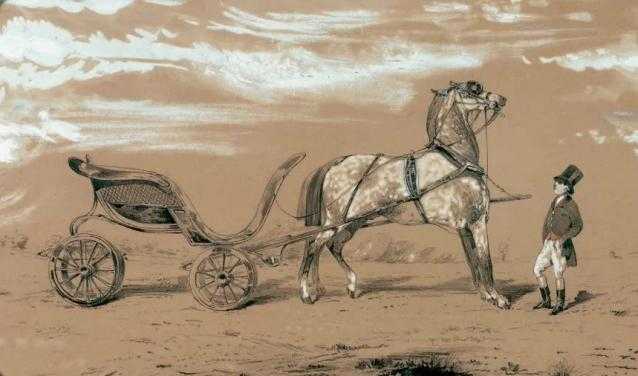Home>Hermès, a company of applied arts

21.10.2015
Hermès, a company of applied arts
On 1 October 2015, Hermès artistic director Pierre-Alexis Dumas gave a lecture at Sciences Po on the theme “Quand l’art déborde chez Hermès”.
A descendant of Thierry Hermès, the company’s founder, Pierre-Alexis Dumas has been the artistic director of Hermès since 2011. This year, he was invited to speak in the course “Quand l’art déborde” offered at the Sciences Po School of Communication.
His lecture focused on the connection between art and luxury, the difference between art and applied arts, and the relationship between Hermès and the artists who work for the company.
- “They taught me to trust my hands”
Dumas began by defining Hermès as an institution of applied arts, where the creativity of 16 professions is leveraged to create everyday objects. Their mission is not to produce art, but to provide artistic inspiration that breathes a measure of enchantment into everyday objects.
When he was a child, Dumas spent six hours a week in a workshop with two craftsmen who taught him all about the workshop environment and leatherworking. “They taught me to trust my hands,” he said. Today, 2,400 craftsmen work for Hermès in France.
- “Le Duc attelé”: the painting that shaped the Hermès image
The first work of art Dumas showed us was a painting by Alfred de Dreux featuring a woman on a horse. This romantic painter is one of the key characters in the Emile Hermès collection. Son of the founder Thierry Hermès, Emile started his collection at the age of 12 with a walking stick. People even said that he suffered from “collectionism”.
But the painting that shaped the Hermès image is not the one with the woman on the horse. It is another of Alfred de Dreux’s, “Le Duc attelé”. This is the painting you can see at the top of this article. Now try to think hard about the Hermès logo. Notice a kind of resemblance? Emile Hermès used this painting to design his logo because it contains all the symbols of Hermès: the duke is waiting for his client like an invitation to travel, while the natural beauty of the horses echoes the romantic tendencies of Emile Hermès and recalls the firm’s early days as a saddlery.
- Sophia Delaunay, Jean Cocteau and Claude Viallat all worked with Hermès
Having established the link between art and the Hermès imagery, Dumas showed a series of works which inspired textile patterns, mainly illustrations for the Hermès “carrés” (the famous silk twill scarves). In the early 20th century, Sophia Delaunay designed patterns for the ready-to-wear collection, and a drawing by Jean Cocteau was reproduced on a bath mat. The more contemporary French painter Claude Viallat and Irish colorist Richard Gornan also created their own scarf designs.
- “At Hermès the role of the artist is to heighten the sensory experience"
The square Hermès scarf is like a canvas and is the medium of choice for artists who collaborate with the label. It also offers an interesting constraint, as there is no question of creating a round or rectangular design – only a square will do. This constraint defines the relationship between the label and the artist. When an artist designs a scarf, a balance must be found between the expression of a talent and the codes of a firm. The scarf that results from this collaboration is neither art not simply an everyday object, but art applied to the object which increases the pleasure it brings.
“I think that the artist’s role is to raise awareness, but at Hermès the role of the artist is to heighten the sensory experience," says Dumas.
But today, with all the conveniences we have at our disposal, we risk losing empathy and sensitivity. Luxury objects help reawaken this sensitivity.
By Elise Jost, a student at Sciences Po School of Communication.
Related link